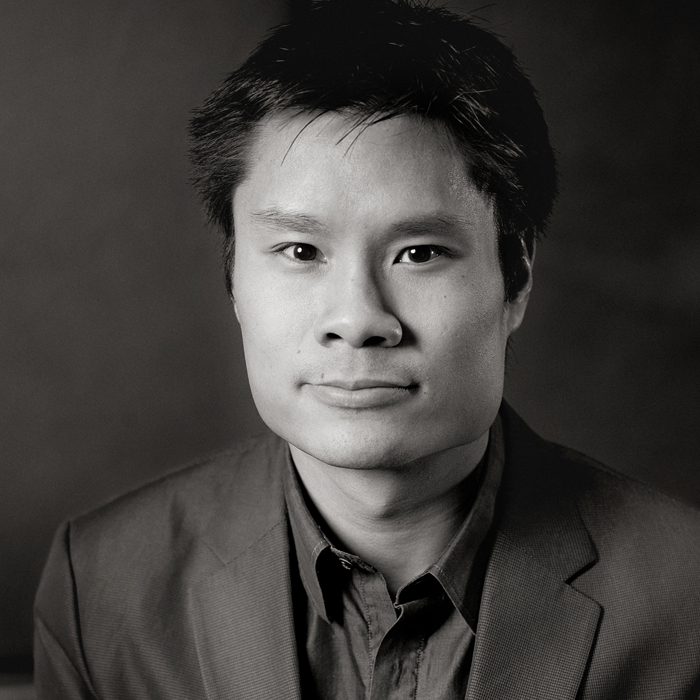
To accompany this year's submissions Source has asked a number of respected figures from the world of photography to select their favourite sets of images from all the work submitted.

Special Guest Selection by:
Cliff Lauson
Curator, Hayward Gallery
Overview: It is always a great pleasure to be involved with graduate work, and as a visual arts curator, I am generally interested in images that work across both conceptual and aesthetic lines. This can be a tricky balance to strike, but it is one that a number of photographers in this year's submissions have accomplished with a high degree of originality and impact. In some works, I could see the influence of historical photographers resonating, but filtered through very contemporary topics and themes. Transition, thresholds, and change seem to be the prevalent topics of the more representational images, while others depict the quieter moments and traces of places that appear all the more charged for their abandon. I had a strong gut reaction to all of the works that I selected - they stirred something inside of me and drew me into the photographer's story, as all good artwork should.
University of Brighton - MA Photography
Selector's Comment: Aventisjans has picked an interesting moment, or rather condensed a series of moments, in Latvia's history. Some of Aventisjans' images refuse the explicit portrayal of this history, providing instead hints of a sense of place. We get the relationship of people to the land - but also a very particular type of land that seems only very lightly touched by people. I like the inclusion of archival imagery to complement the contemporary photographs, and also the diary elements which look as though they should be historical, but date from this year. His project has a strong sense of living history.
University of South Wales - MA Documentary Photography
Selector's Comment: Bowdrey's images immediately feel familiar, depicting the marketing, advertising, and general signage of the urban landscape. Her photographs re-present the familiar loud and colourful signage that screams for our attention and for our money. Bowdery clearly has a knack for subtle cropping and composition, applying critical pressure to the overly positive nature of the messaging with a less than utopian reality as a backdrop. Her images successfully read as ironic, but do not collapse into being overly humorous or trite.
Plymouth University - MFA Photography
Selector's Comment: Darch's documentary-style images, both archival and contemporary, of the fictional town of Durlescomb harken back to some of the long-standing questions about the veracity of photography. Ranging from portraits to the smallest details of rural life, the series works together to paint a convincing picture of this non-existent village. But beyond this conceptual framework, his photographs are also powerful atmospheric constructions. There's a great tension between stillness and motion in many of his images, used successfully along with bold composition strategies.
Plymouth University - MFA Photography
Selector's Comment: Davey's series Martha is a coming-of-age series of her daughter. By the nature of the project, these are intimate portraits, but there is also a brilliant emotional tension when the camera frames the subject's gaze. I really like the colour and tone of Davey's photographs, as well as the flow between the more composed images and those that appear to be more spontaneous. The images are everyday moments, often in series, but each image carries the weight of a singularly powerful portrait.
Ulster University - MFA Photography
Selector's Comment: I find it quite difficult to imagine a hospital without people in it; like a school or a theatre, people define these places. Dickson's photography of the interiors of a number of Irish hospitals provides a trail of unpopulated photographs. It's hard to tell if the hospitals have been abandoned or are in use as his images are very sparse and uncluttered. I particularly like the way that Dickson has considered light in his images - balancing natural exterior light with the harsher casts of interior functional and efficient lighting.
Royal College of Art - MA Photography
Selector's Comment: Hatton's images of the Calais Refugee camp productively contribute to a growing body of work in this area. They document the transition toward a sense of permanence that has grown out of the makeshift and temporary. His high-contrast, monochromatic photographs really push the documentary feel of the images, but by being unpopulated, their emotional weight is somewhat indirect. They are packed with detail and a sense of tragedy.
Kate Bush »
Curator, Media Space.
Shoair Mavlian »
Curator, Tate Modern.
University of Brighton
MA Photography
Leeds College of Art
MA Creative Practice
London College of Communication
MA Photojournalism and Documentary Photography
Royal College of Art
MA Photography
University of South Wales
MA Documentary Photography